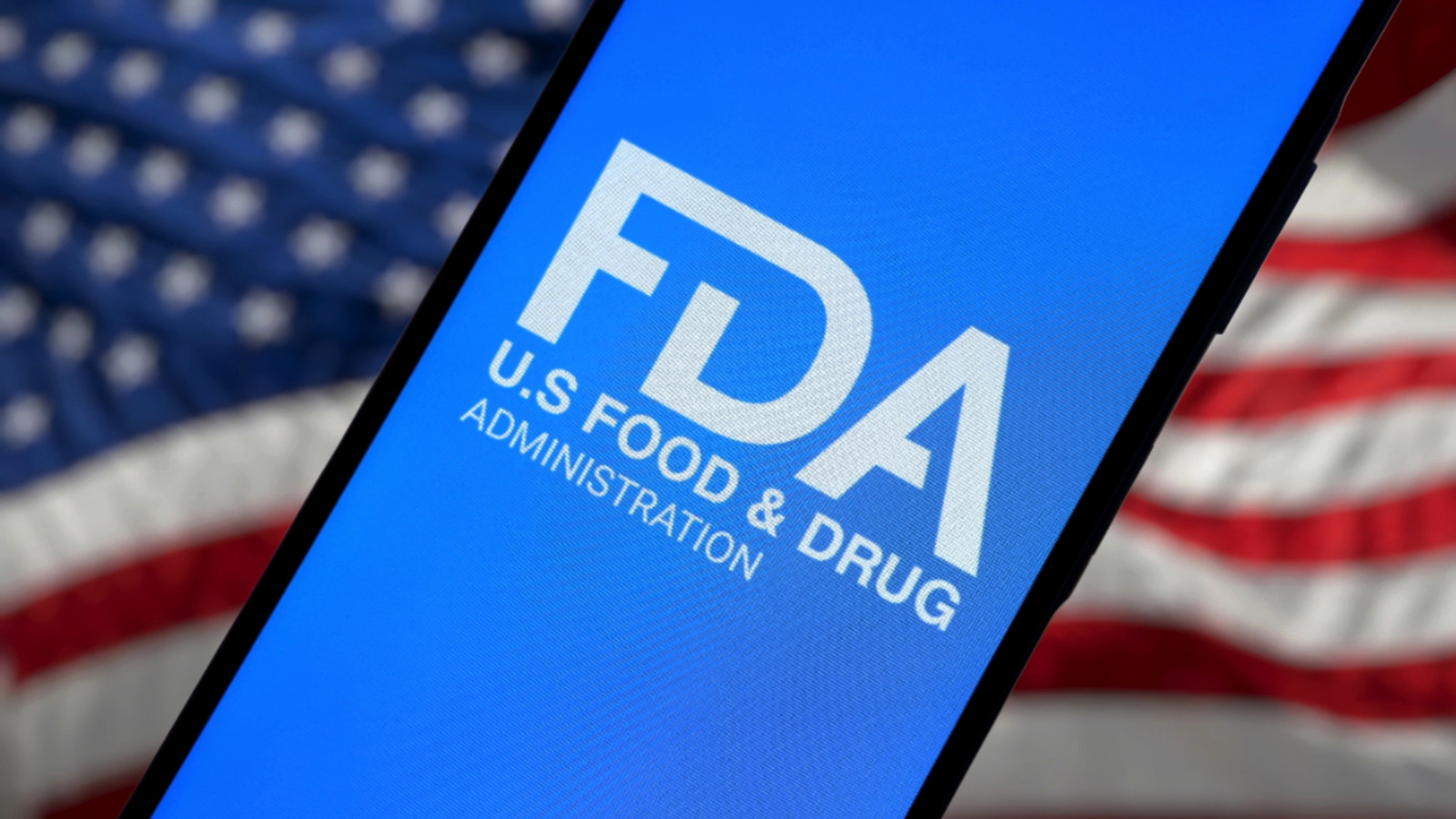
"In order to be labeled as a 'good source' of a certain nutrient, per FDA regulation, the product must contain '10-19% of the DV per RACC.'"
"Ranking slightly above 'good source' in the FDA labeling hierarchy is the 'high' source label, containing 20% or more of the DV."
"For instance, if a packaged granola bar were labeled as a 'good source' of iron, it would need to contain 1.8-3.42 milligrams of iron per serving."
"FDA nutrient labels are formulaic and numerically calculated, providing clarity amid otherwise ambiguous marketing claims."
FDA regulations dictate that for a food product to be labeled as a 'good source' of a nutrient, it must contain 10-19% of the Daily Value (DV) per serving. A higher classification, 'high,' requires at least 20% of the DV. These numeric guidelines eliminate ambiguity in nutrient claims, enabling consumers to make informed choices. For example, a granola bar labeled as a 'good source' of iron must contain 1.8-3.42 milligrams of iron, allowing consumers to understand nutrient density in their food products.
Read at Tasting Table
Unable to calculate read time
Collection
[
|
...
]